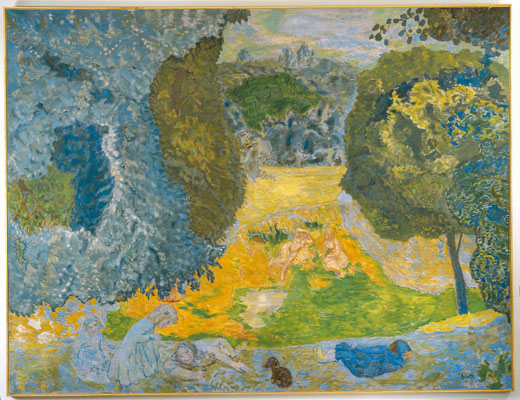At the end of the Second World War, Aime Maeght (1906-81) opened the gallery in Paris that continues to bear his name. The Galerie Maeght – the history of which is told in a new exhibition at the Royal Academy – embodied a spirit of stoic, joyful resistance to the forces of darkness that had descended on Europe during the long years of war and occupation. “Le Noir est un couleur”, “Black is a colour”, proclaimed the title of one early show. The Galerie Maeght also exhibited many of the Surrealists, as well as giving one-man exhibitions to many of the leading European – and American – artists of the postwar period. But the very first exhibition was devoted to the work of Henri Matisse, who had been bedridden following an operation for stomach cancer in 1941. Despite that, he continued to work within the constraints of his own weakness, developing a new form of collage – series of cut-outs formed from bright, contrastingly coloured paper – which would culminate in a radiant series of images to which he gave the exuberant title Jazz.
Many art critics of the time dismissed such work as mere child’s play, but Maeght encouraged and supported the artist in his experiments at a time when he was at his most vulnerable. The Galerie Maeght, which had distinctly humble origins, might itself never have come into existence had it not been for the support of another great French painter – Matisse’s friend and contemporary, Pierre Bonnard.
In 1936, the young Aime Maeght and his wife, Marguerite, had opened a little shop called Arte on the Rue des Belges in Cannes. He was a lithographer by trade, whom Bonnard approached to make some prints for him (the artist would later describe Maeght as the...


